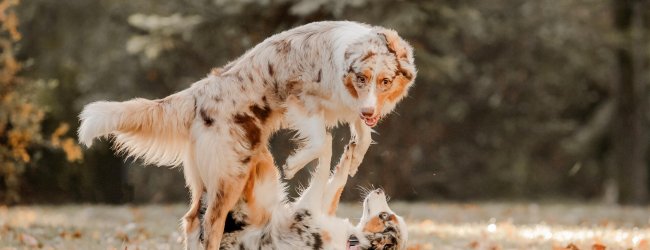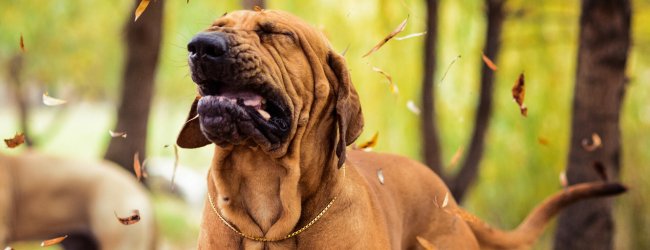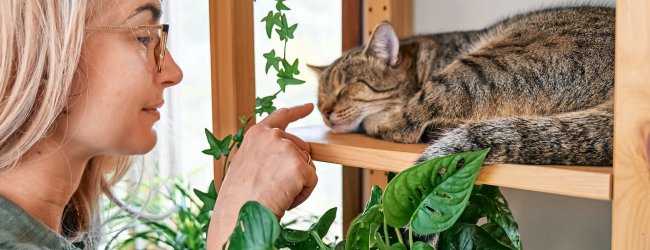 Approved by Dr. Dwight Alleyne, DVM
Approved by Dr. Dwight Alleyne, DVM The Fun(gi) Facts: Can Dogs Eat Mushrooms?
Encountering toxic mushrooms on a dog walk? Pretty common. Dealing with mushroom poisoning in dogs? Also pretty common - unless you take steps to protect your dog while out walking or hiking in spring or fall. So here are the facts (and not so fun facts) about our favorite fungi - and whether our buddies can handle them.
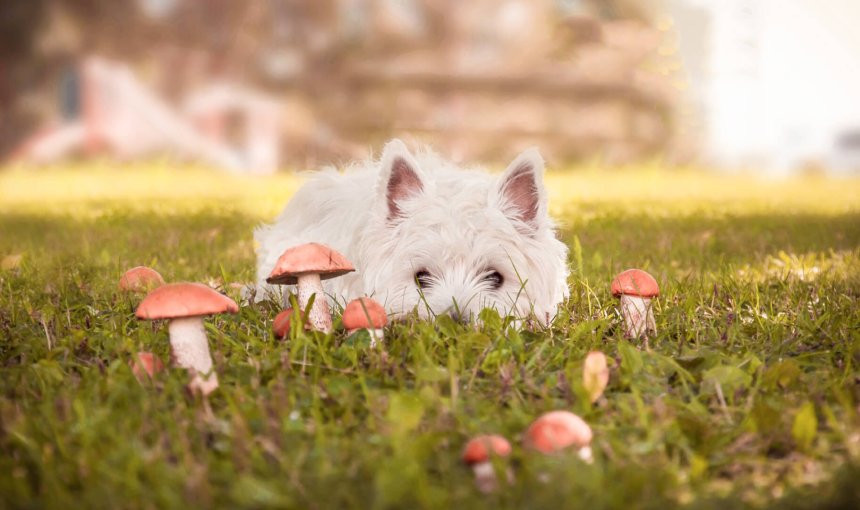
Whether you’ve got a yard of your own or like to walk or hike through the woods with your buddy – you might find yourself wrestling out a plant or something potentially toxic out of their mouth. Which, during the spring and fall months, might just mean fallen fruits, grass…or mushrooms. (Making you look up – can dogs eat mushrooms? And in fact, are mushrooms bad for dogs?)
Because as it turns out, only a small percentage of mushroom species are toxic. But the ones that are toxic – are really toxic!
But you might also be wondering:
- Can dogs eat mushrooms cooked?
- What mushrooms are poisonous to dogs?
- My dog ate a mushroom in the grass – what do I do?
Now you do want to ensure safe walks with your buddy – which actually means steering clear of wild mushrooms as much as possible.
Because turns out, there are only small, easy-to-miss differences between those that are safe to eat and those that end up with you having to pay a hefty vet bill.
So we’re going to dive right in – can dogs have mushrooms? What do you do in case they do eat one? Let’s get started.
- Can dogs have mushrooms?
- Can dogs eat mushrooms cooked?
- Are mushrooms bad for dogs?
- What mushrooms are poisonous to dogs ?
- My dog ate a mushroom in the grass – what do I do?
- How your vet might diagnose & treat mushroom poisoning in dogs
- Why a dog GPS tracker = stress-free walks together
- Dr. Dwight Alleyne, DVM
Can dogs have mushrooms?
Well, yes and no. Because just like you, some mushrooms are safe for dogs while others are poisonous – and might even be deadly.
It’s actually why most veterinarians advise against letting your dogs eat mushrooms in the wild, even if you think they look “safe”.1
⚠️ So to keep your dog safe, don’t let them eat mushrooms found in the wild.
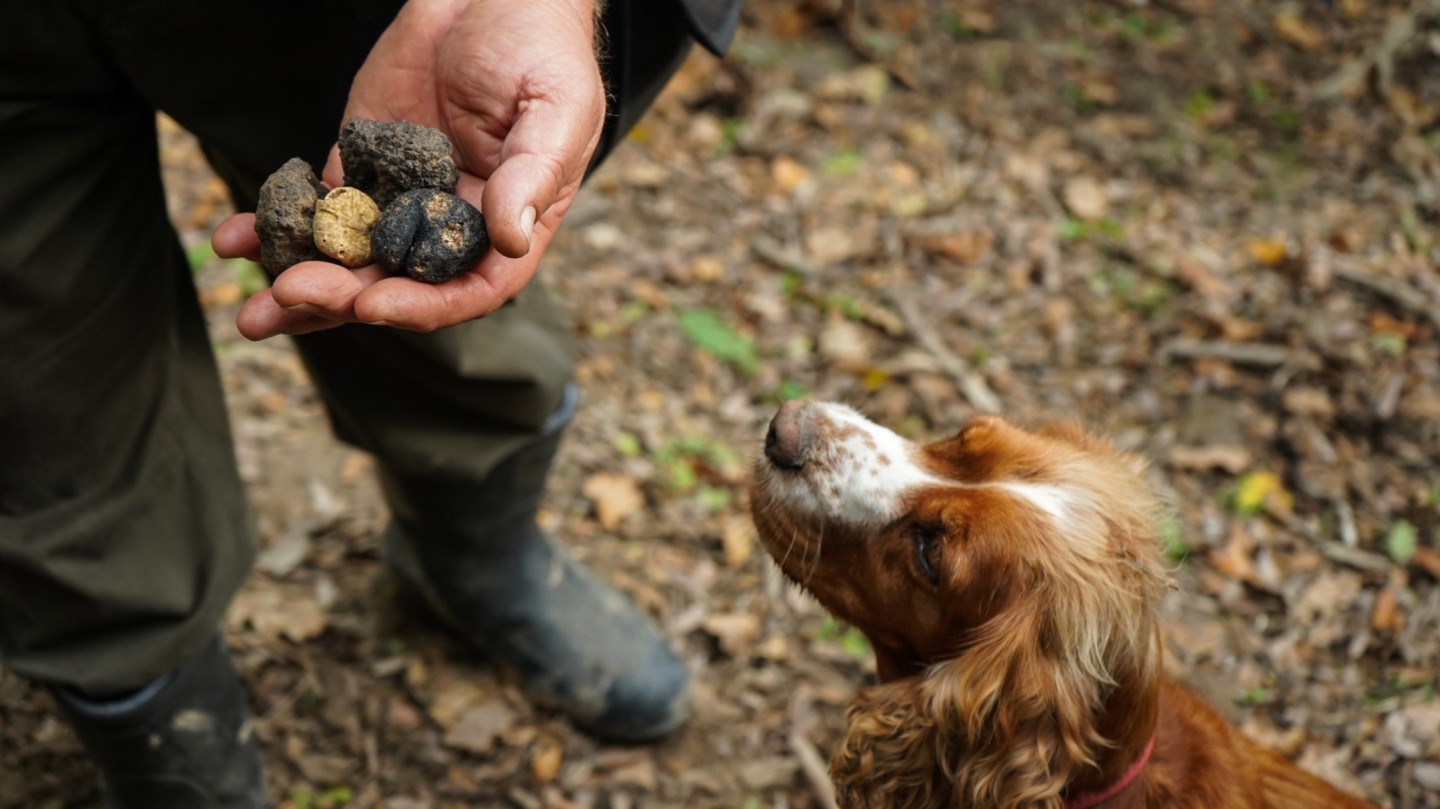
Can dogs eat mushrooms cooked?
Grocery store-bought mushrooms are generally safe for dogs to eat – both cooked or raw. They do tend to be quite healthy and contain important micronutrients. (Including vitamins, fiber, iron, and protein.)
But in general, they don’t offer a ton of health benefits for your dog. So they don’t really need mushrooms in their diet. You’re much better off cooking mushrooms for your own meals.
And if you’re partial to mushrooms yourself, you might’ve noticed how you do need to go heavy on the seasoning. (Aka, sauces, oils, salt, and other spices.) All of which, sadly, can also be harmful to dogs.
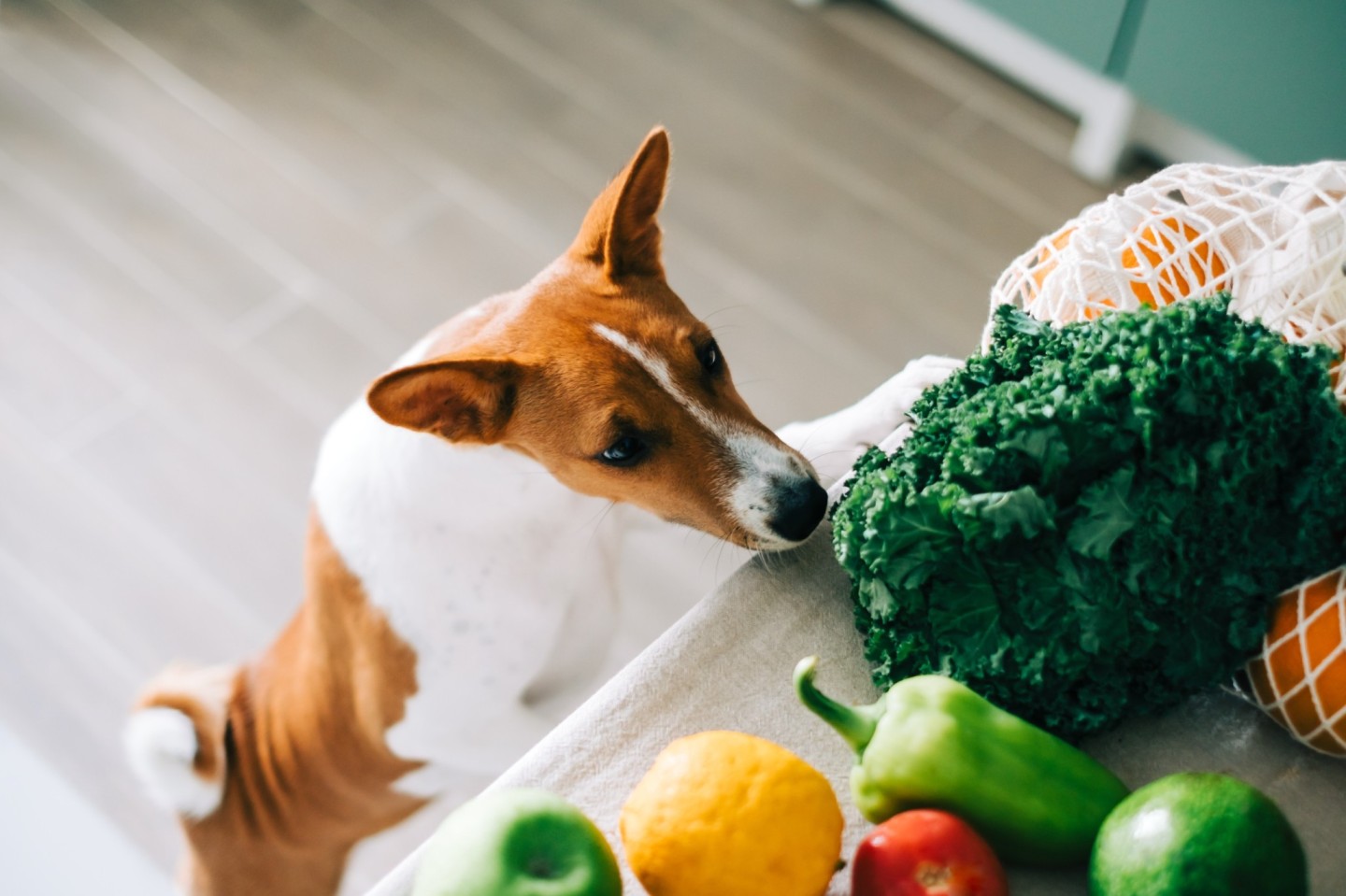
Instead, you’re better off filling up your buddy’s food bowl with vegetables that are safe for dogs to eat. Including:
- Broccoli
- Carrots
- Green beans
- Peas
- Pumpkin
- Sweet potatoes
Read more: What Vegetables Are Good For Dogs?
Are mushrooms bad for dogs?
Yes, some mushrooms can be poisonous to dogs just as many are to us humans, too.
And the scary part? It’s difficult to identify which wild mushrooms are poisonous in the first place. So if your buddy’s sniffing, licking, biting, or tasting even a part of them – it could just end up with the two of you in emergency vet care.
While some toxic mushrooms look obviously poisonous, others appear harmless – you could mistake them for the mushrooms you buy at the grocery store.
So look out for these toxic fungi in case your dogs eat mushrooms on your next walk outside. And of course make sure your dog doesn’t eat them!
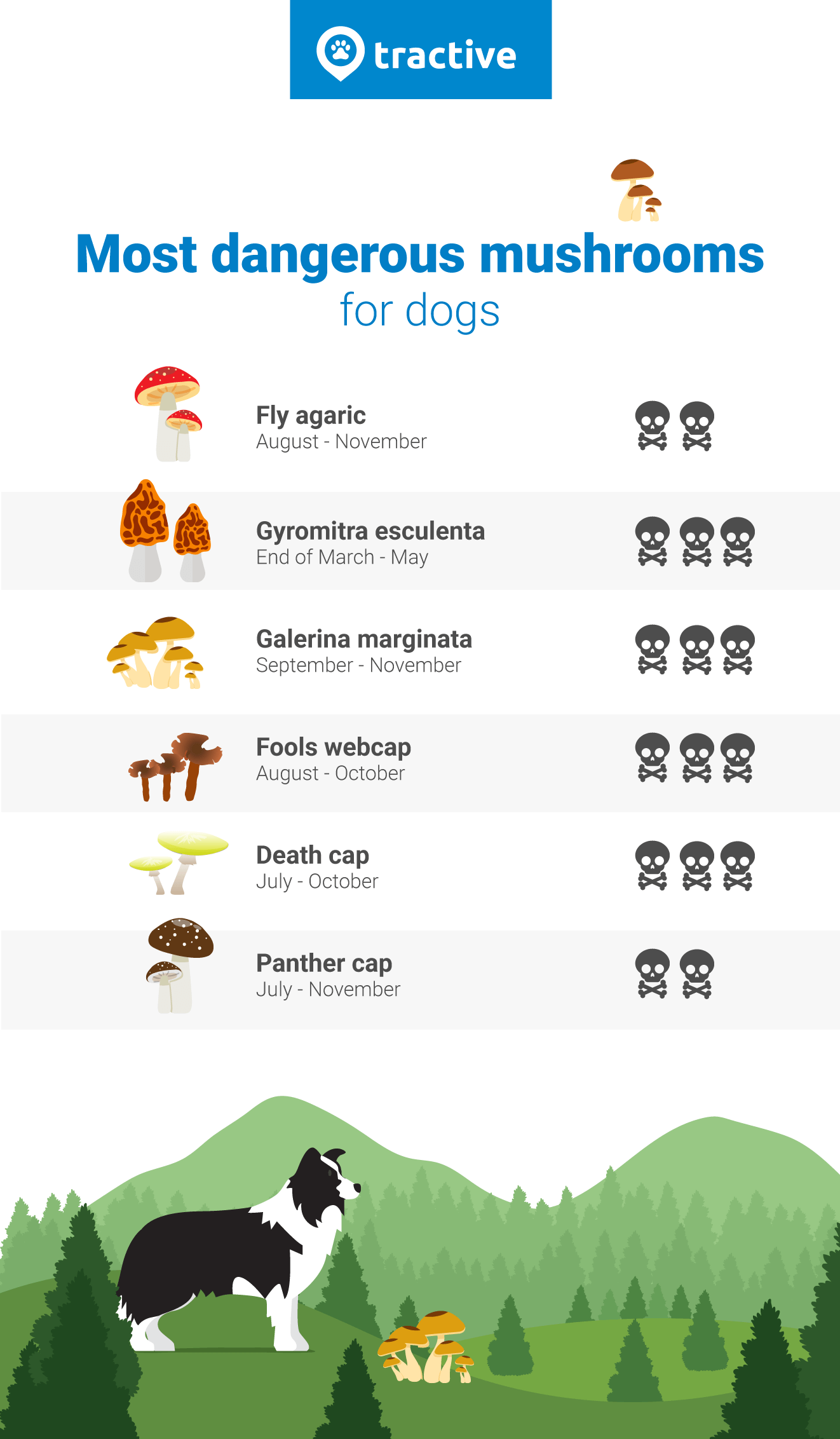
What mushrooms are poisonous to dogs?
- Fly agaric (Amanita muscaria)
- Funeral bell (Galerina marginata)
- False morel (Gyromitra esculenta)
- Fools webcap (Cortinarius orellanus)
- Death cap (Amanita phalloides)
- Jeweled deathcap (Amanita gemmata)
- Panther cap (Amanita pantherina)
- Death angel (Amanita bisporigera)
- False parasol (Chlorophyllum molybdites)
As the video below explains, poisonous mushrooms can pop up in your local park or forest, or even your backyard. So it’s important to be vigilant about not letting your dog eat wild mushrooms.
My dog ate a mushroom in the grass – what do I do?
First things first, act fast. Left untreated, mushroom poisoning in dogs can be deadly. (Plus there aren’t any home remedies to deal with it.)
Your dog’s symptoms might vary depending on how much they ate, the kind of mushroom, and other factors like their age, health, and size. You’ll find similar symptoms also caused by different toxic pet foods.
So watch out for these signs – and head over to your vet immediately if you notice any:
- Vomiting
- Diarrhea
- Fever
- Lethargy (weakness and/or inactivity)
- Bleeding
- Yellowing of the skin
- Uncoordinated movements
- Excessive drooling
- Seizures
- Coma
- Death
If you can, try and take a picture (or a sample) of the mushroom. Now your vet might be able to more easily identify whether it’s toxic or not – and take action accordingly. Besides, some social media groups may also specialize in identifying different types of mushrooms and whether they’re poisonous or not.
If your dog has already eaten the entire mushroom, try and remember its appearance so you can describe it to your vet as accurately as possible.
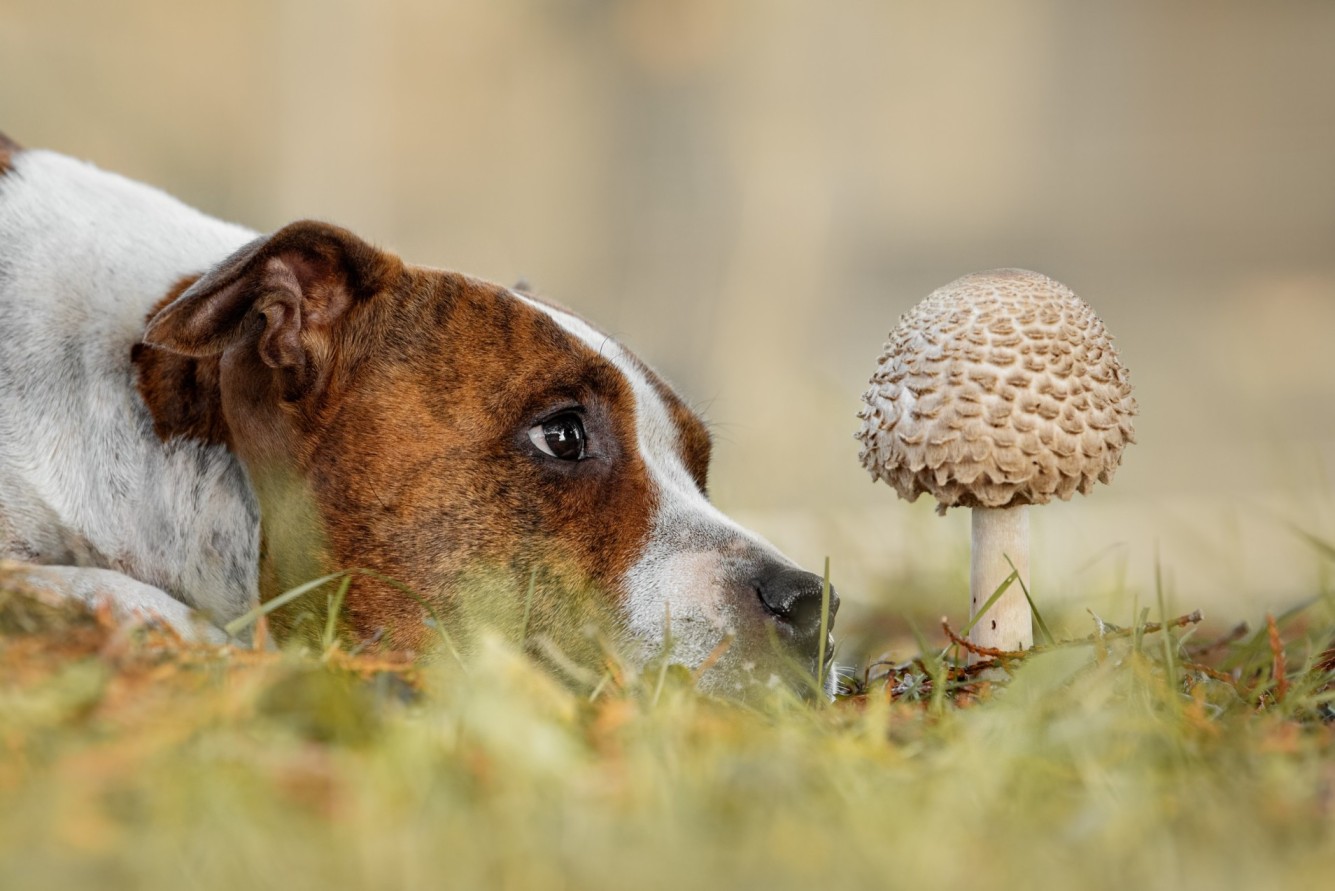
⚠️ Even if your dog doesn’t seem to have any of these symptoms, but ate mushrooms, it’s a good idea to visit your vet. Their symptoms might not turn up until much later – by when your dog’s health might have worsened.
How your vet might diagnose & treat mushroom poisoning in dogs
When you bring your dog (and hopefully the mushroom sample) to the vet, come prepared to answer:
- When did your dog eat the mushroom? What time?
- How much did your dog eat?
- Can you describe the mushroom?
- Is your dog showing any symptoms?
Your vet will prescribe treatment based on what poison is involved plus your dog’s symptoms:
- In some cases, the treatment may begin by making your pet vomit up the poison by using salt water, diluted hydrogen peroxide, or Ipecac.
- For pets that shouldn’t or can’t vomit, your veterinarian may give your pet an antidote.
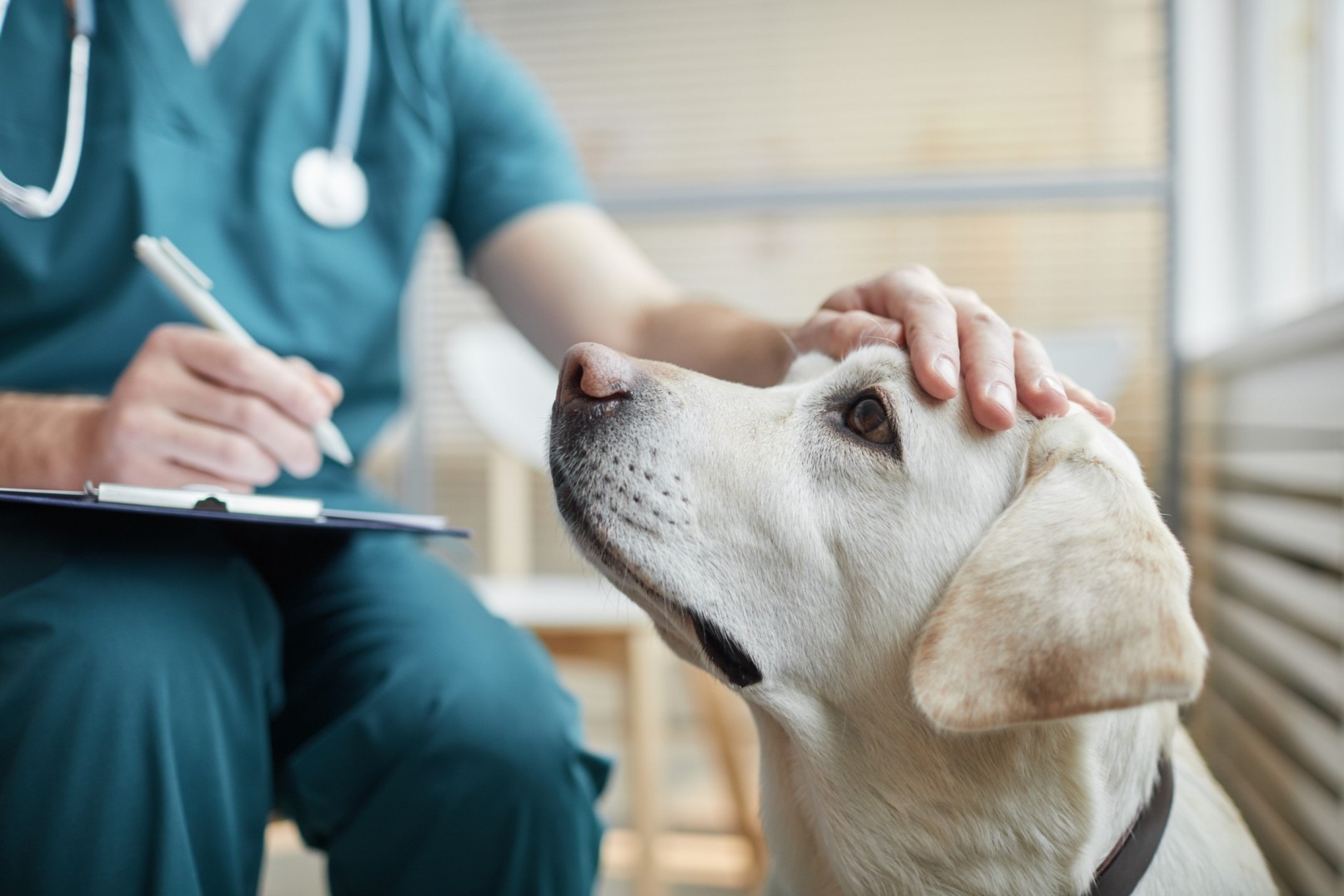
Being aware of the symptoms of dog poisoning and getting the right treatment can save your dog’s life.
💡But another, smarter way to ensure you know what your dog is up to at all times? (Especially outdoors?) Tracking their location in real-time.
Why a dog GPS tracker = stress-free walks together
What’s tracking your dog got to do with whether they eat mushrooms or not? Simple. With a dedicated pet GPS tracker strapped to their collar, you can now:
Mark out “no go zones” where you’ve spotted toxic mushrooms
Whether it’s at your local park or that one patch of woodland you both like to walk, hike, or run in – you’re more likely to have toxic mushrooms around your neighborhood at different times of year.
And with a dog GPS tracker, you can actually mark these areas as “no go zones” for your dog. Which means you’ll get an instant escape alert on your phone the minute your dog steps out of a “safe zone” – and into a “no go zone.”
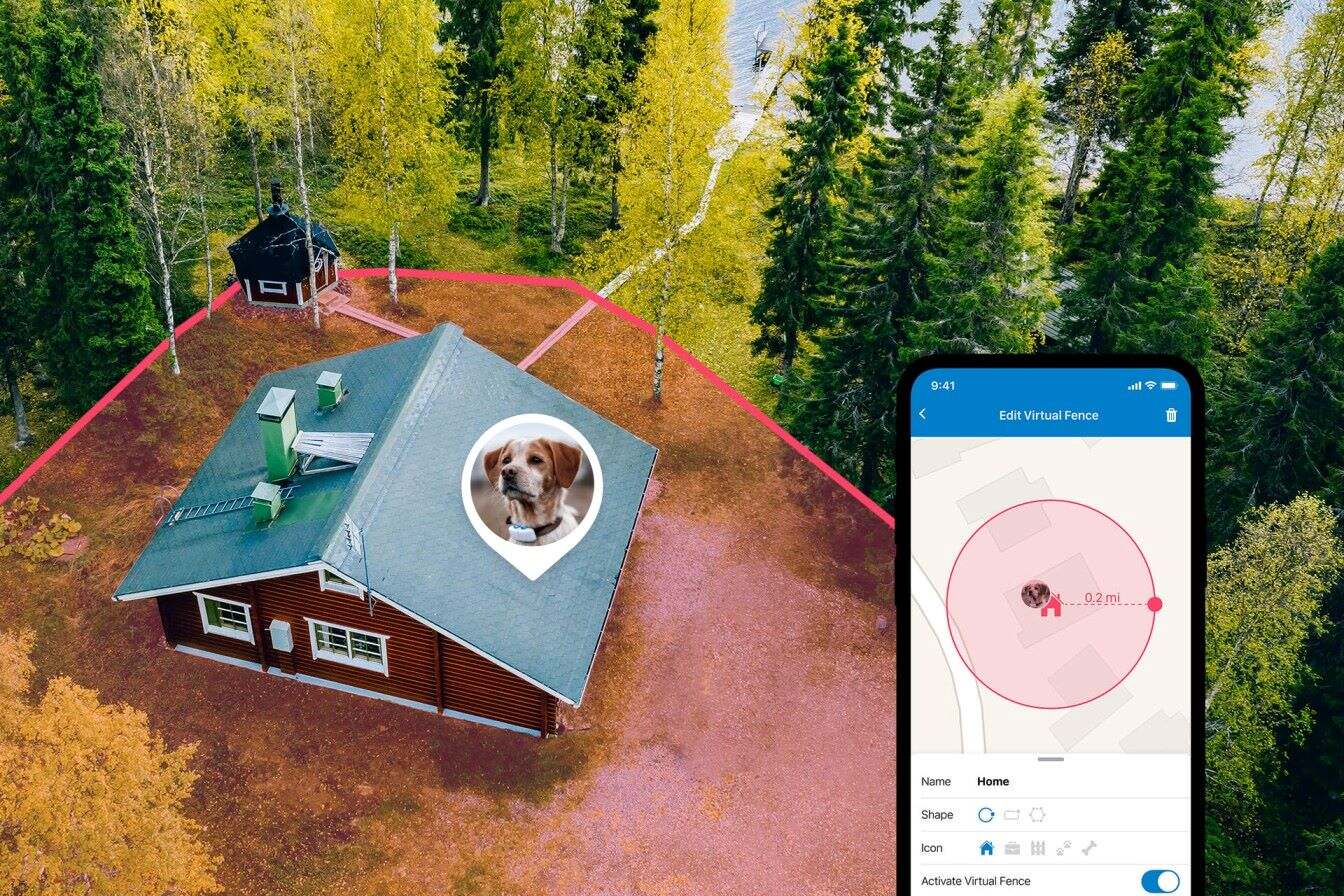
💡Which, if you think about it, is actually a smart, affordable option to setting up a physical fence around your property. (Plus, you can carry it around with you wherever you go – and customize it to wherever you are.)
And since your Tractive GPS works with satellites around the skies – you can keep your dogs safe even if you aren’t physically next to them:
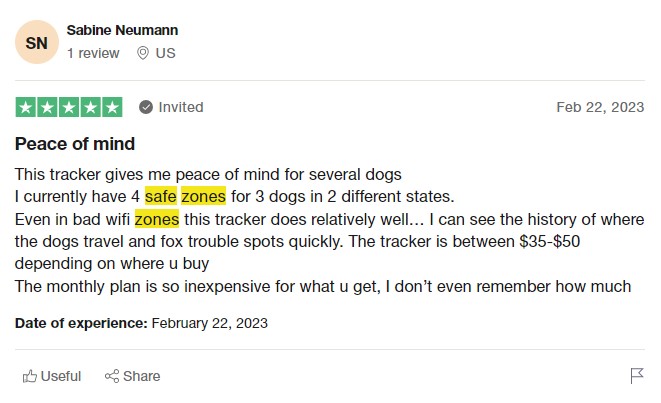
Read more:
- How The Tractive GPS Virtual Fence Keeps Your Pets Safe
- What’s A Virtual Fence & Which One Is Best?
- Dog Jumping Fence? How To Handle An Escape Artist Dog
Warn fellow dog parents about “danger zones” nearby
From your Tractive mobile app, you can quickly and easily mark specific spots as “danger zones,” – especially if they have:
- Mushrooms
- Other poisonous plants
- Poison bait
- Animal traps
- Wild animals
- …or anything else you’d rather your pets don’t run into outdoors
And the best part? Your danger reports gets broadcast to fellow pet parents around you. So you can both keep your buddy safe – while also doing your part as a responsible pet parent.
Figure out if your dog likes to hang out in mushroom-riddled spots
Now it’s pretty tedious monitoring your dog 24/7. After all, you’ve got work, chores – and they could do with a little time to themselves too.
Which is where tracking their favorite spots can come in handy – all from the comfort of your couch. Whether that’s just your backyard, the park down the street, or that one mushroom-riddled path in the woods you both like to head to.
It’s where your trusty Tractive device’s Heat Map and Location History comes in handy.

With this, you now have a 24-hour Location History of your dog’s favorite spots. (365 days if you’re subscribed on Premium.)
Which, in an emergency, can help you:
- Identify where to look first in case they go missing
- Figure out what kind of mushrooms tend to grow around these spots
- Pick up on what parts of your fence need fixing
More importantly, Tractive’s Heat Map and Location History have even helped saved the lives of pets around the world. Including:
- Imogen the Borzoi, rescued from a frozen lake through her Location History
- A family of sick kittens rescued through Mama cat’s Heat Map
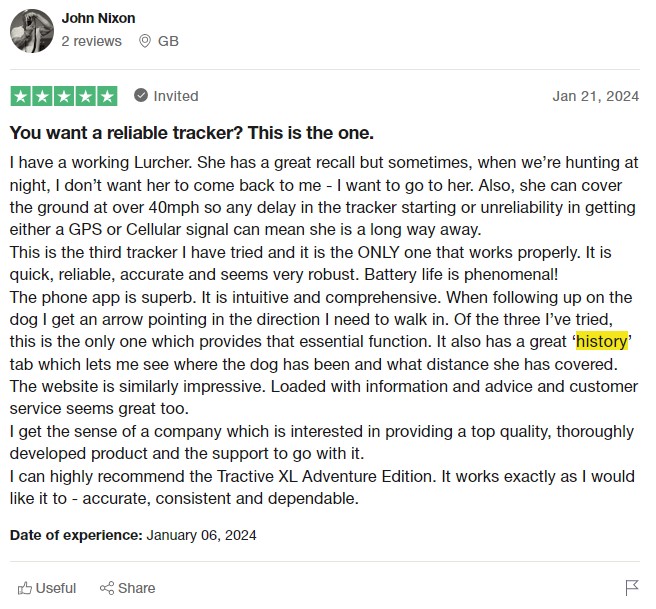
Always know where your dog is – with just a glance at your phone
Now as you two explore the outdoors together – you might’ve wanted to just…well, let your dog be a dog. Aka, running, exploring, and wandering off-leash and as they please. (Where it’s allowed to go off-leash though, of course.)
So imagine the peace of mind from knowing your dog could just wander wherever they’d like – and that you’d always be able to find them?
With just a glance of your phone (and turning on LIVE tracking), you can follow your dogs movements in real-time – no matter how far they go running off.
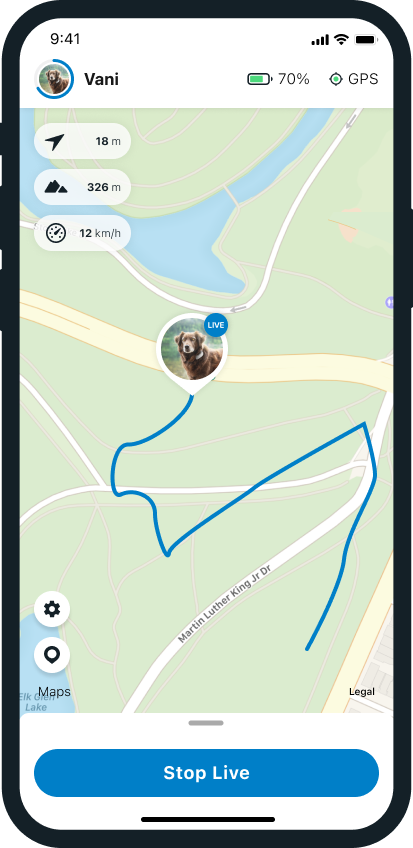
Because if there’s a chance your buddy could escape, there’s a chance they might get their paws on a toxic mushroom. (Especially they like to hunt and forage.)
Which means you need to be ready to retrieve them as soon as possible.
⚠️ In fact, toxic mushrooms actually smell like fish – which can attract both dogs and cats!
So with a dedicated pet GPS tracker strapped to their collar – all you need to do is tap “LIVE”…and rest easy, knowing you’ve got their safety at your fingertips.
Read more: Off the leash: Safer travelling with Tractive GPS
Plus, we know the kind of rough and tumble adventures dogs get up to.
Which is why the Tractive DOG XL Adventure edition comes with:
- Bite-proof fiberglass-reinforced casing
- A 30-day battery life
- 100% waterproof design
So you can walk, jog, hike, run, or swim with your dog in the great outdoors – 100% stress-free.
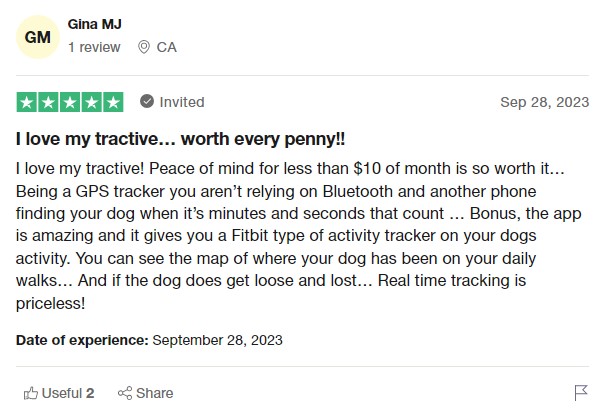
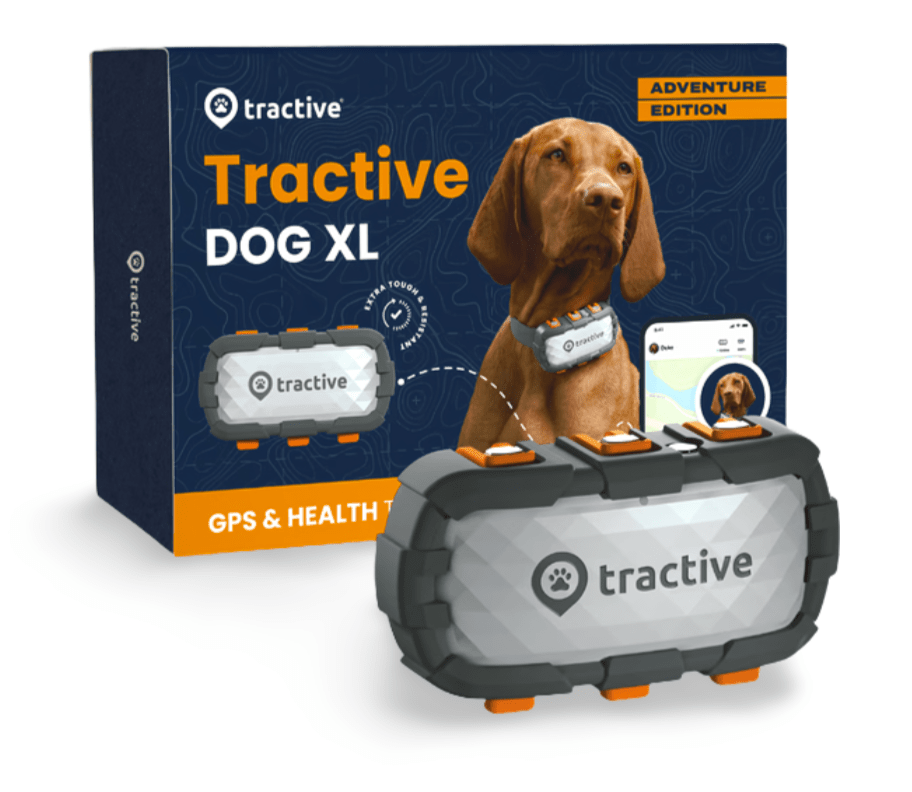
Always know where your dog is
Follow every step in real-time with unlimited range. Get alerts if they wander too far. Keep them happy & healthy with Wellness Monitoring. And let others – like walkers or sitters – keep an eye on your dog too.
For more information about how wild mushrooms can be toxic for dogs, check out the video below with advice from Dr. Courtney Campbell:
And if you’ve liked this post, share it with a friend or a loved one – and let’s help build a safer, kinder world for our furry friends together.
Your furry friend’s health and wellbeing means as much as to us as it does to you. So we’ve made it a priority to only share medically-relevant content on our blog.
This post was checked, double-checked, and medically verified by Georgia-based vet, Dr. Dwight Alleyne.
Dr. Dwight Alleyne, DVM
Dwight Alleyne was born and raised in Long Island, New York where his love of animals began. His career for animals began working for a well-known no-kill animal shelter on Long Island.

He worked his way up the career ladder working as a kennel technician, veterinary assistant, and then becoming a licensed veterinary technician at the shelter.
His passion for veterinary medicine led to him applying to and being accepted at Cornell University Veterinary where he graduated from in 2006. After completing a small animal rotating internship at Purdue University, he eventually made his way to Georgia where he has been practicing ever since.
Dr. Alleyne has practiced at several small animal clinics throughout Georgia. He has a keen interest in soft tissue surgery and has extensive experience in performing ultrasounds including echocardiograms.
When he is not practicing medicine, Dr. Alleyne enjoys writing and editing pet health articles and providing pet advice through telehealth.
Dr. Alleyne also has his own blog called “The Animal Doctor Blog.” Check it out on: www.anmldrblog.com.
